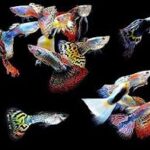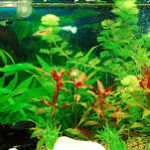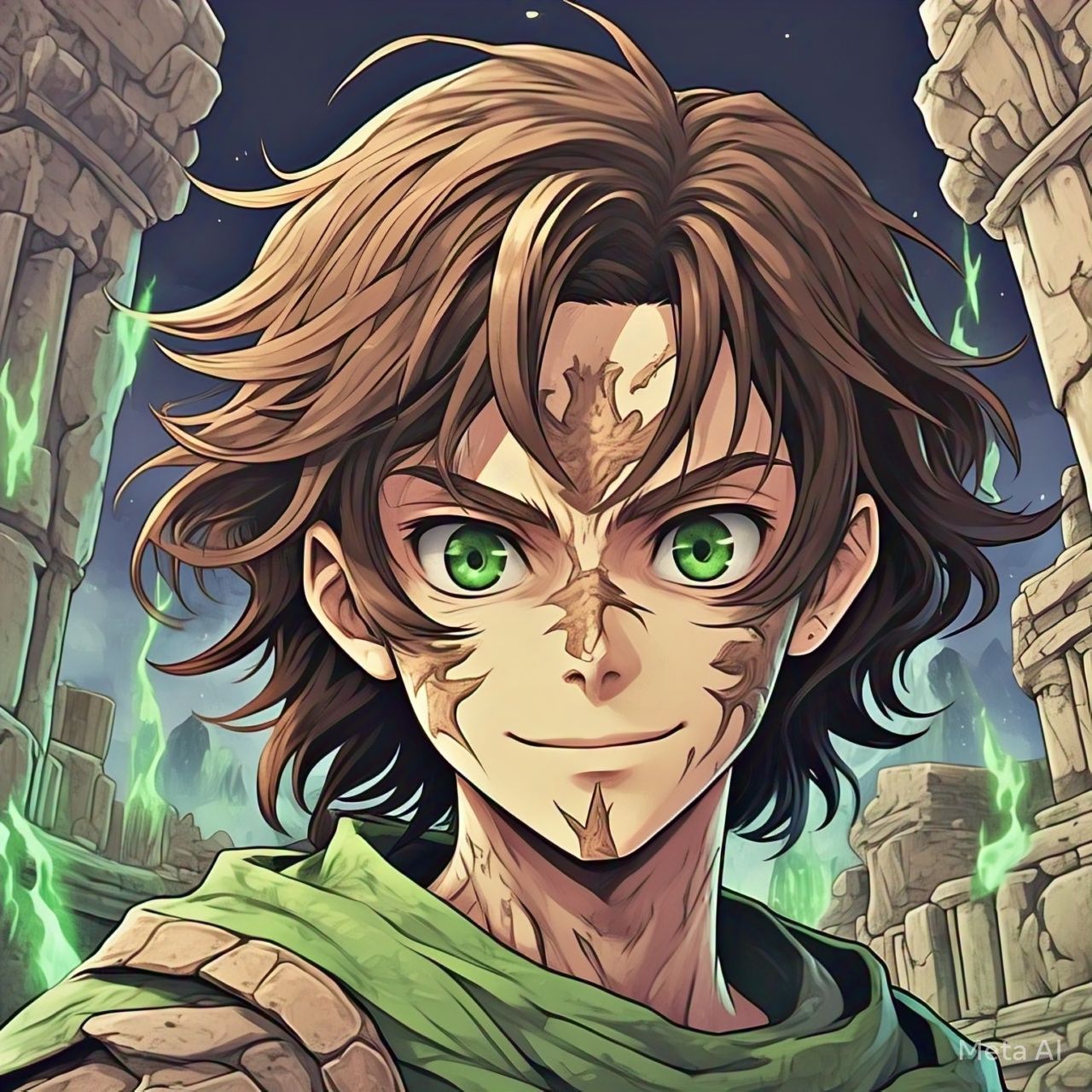Cultural Significance
The Allure of Brown Hair and Green Eyes in Ancient Myths
Throughout history, human features such as hair and eye color have carried deep symbolic meanings. Brown hair and green eyes, in particular, have been subjects of fascination in various mythologies and folklore traditions. These traits often symbolize a connection to nature, mystery, and even supernatural powers. Unlike more common combinations, the rarity of green eyes paired with brown hair made individuals with these features stand out, sometimes leading to associations with magic, divinity, or otherworldly origins.
This article explores how different cultures perceived and interpreted brown hair and green eyes in their myths, legends, and folk traditions. From Celtic goddesses to Slavic forest spirits, these traits have been linked to both benevolent and malevolent forces. Understanding these ancient beliefs provides insight into how people viewed uniqueness and beauty in the past.
The Symbolism of Hair and Eye Color in Mythology
Hair and eye color were not merely physical traits in ancient cultures—they often held spiritual or symbolic significance. Brown hair, being a common natural shade, was frequently associated with earthiness, stability, and humility. In contrast, green eyes were rare and thus linked to mysticism, enchantment, and sometimes danger.
In many traditions, green-eyed individuals were believed to possess the “evil eye,” a curse cast through a malevolent gaze. Conversely, some myths portrayed them as blessed with prophetic or healing abilities. Brown hair, meanwhile, was sometimes seen as a mark of wisdom, especially when paired with green eyes, creating a striking contrast that captured the imagination of storytellers.
Cultural Variations in Interpretation
Different cultures assigned distinct meanings to brown hair and green eyes. For example:
- Celtic Mythology: Green-eyed women were often linked to fairy folk, seen as either enchanting or perilous.
- Greek and Roman Myths: Green eyes were associated with deities of nature and the wild, such as Artemis and Pan.
- Slavic Folklore: Those with green eyes were sometimes considered to have ties to forest spirits or witchcraft.
These interpretations varied widely, but one common thread was the idea that such individuals were different—sometimes revered, sometimes feared.
The Role of Physical Traits in Superstitions
Beyond mythology, superstitions surrounding hair and eye color persisted in daily life. In medieval Europe, for instance, women with green eyes and dark hair were sometimes accused of witchcraft. Meanwhile, in other cultures, they were considered lucky or sacred.
This duality—being seen as both divine and dangerous—highlights how ancient societies grappled with the unknown. Unusual physical traits became ways to explain the unexplainable, whether through divine favor or supernatural menace.
As the article progresses, each section will delve deeper into specific mythological traditions, examining how brown hair and green eyes shaped legendary figures and folklore across the world.
Celtic and Norse Legends
Green-Eyed Enchantresses in Celtic Lore
Celtic mythology is rich with tales of mystical women possessing green eyes and flowing brown hair. These figures often straddled the line between human and supernatural, serving as goddesses, fairies, or omens. The Morrigan, a shapeshifting war goddess, was sometimes depicted with dark hair and piercing green eyes, symbolizing her connection to both battle and prophecy.
Another prominent figure was the fairy woman or bean sí (banshee), whose appearance—often including green eyes—signaled impending doom. These women were not always malevolent; some stories portrayed them as protectors of nature, their green eyes reflecting the forests they guarded.
Norse Myths and the Power of the Gaze
In Norse legends, green eyes were occasionally linked to seers and sorceresses. The völva, a female shaman, was sometimes described with striking green eyes, believed to see into the future. Brown hair, meanwhile, was common among Norse deities like Thor, representing strength and reliability.
Interestingly, Loki, the trickster god, was occasionally described with shifting eye colors, including green, reinforcing his unpredictable nature. This further cemented the idea that green eyes were tied to mystery and deception in Norse culture.
The Intersection of Nature and Magic
Both Celtic and Norse traditions associated green eyes with natural forces—forests, storms, and fate itself. Brown hair grounded these figures in the earthly realm, while their green eyes hinted at unseen powers. This duality made them compelling characters in myths, embodying both the familiar and the extraordinary.
Greek, Roman, and Slavic Traditions
Green Eyes in Greek and Roman Deities
Greek mythology frequently connected green eyes to gods and nymphs of nature. Artemis, the huntress goddess, was sometimes imagined with green eyes, mirroring the wilderness she ruled. Similarly, Pan, the god of the wild, had eyes that reflected the untamed forests.
In Roman interpretations, Venus (Aphrodite’s counterpart) was occasionally depicted with green eyes, symbolizing allure and fertility. Meanwhile, brown hair was seen as a sign of earthly beauty, common among mortals and gods alike.
Slavic Folklore: The Witch and the Forest Spirit
Slavic myths often portrayed green-eyed women as either wise healers or dangerous witches. Baba Yaga, though more commonly depicted with wild gray hair, sometimes appeared in tales with green-eyed helpers, emphasizing their mystical roles.
Leshy, a forest spirit, was also said to have green eyes that could mesmerize travelers. Paired with dark hair, these beings embodied the untamed and unpredictable aspects of nature.
The Duality of Beauty and Fear
In these traditions, green eyes and brown hair could signify either blessing or curse. A green-eyed woman might be a nurturing nymph or a vengeful spirit, depending on the tale. This ambiguity reflects ancient anxieties about the unknown and the power of nature.
Conclusion and Modern Perceptions
From Ancient Myths to Modern Symbolism
Today, brown hair and green eyes still carry echoes of their mythological past. Literature and media often use these traits to denote mysterious or magical characters, drawing on centuries of folklore.
The Enduring Fascination with Unique Features
The rarity of green eyes ensures their continued allure, while brown hair remains a symbol of natural beauty. Together, they evoke a sense of timeless mystique, much as they did in ancient legends.
Final Thoughts on Myth and Identity
These stories remind us that human features have always been more than just physical traits—they are woven into cultural narratives, shaping how societies view uniqueness, power, and the unknown.
By examining these ancient beliefs, we gain a deeper appreciation for the ways mythology continues to influence modern perceptions of beauty and mystery.










